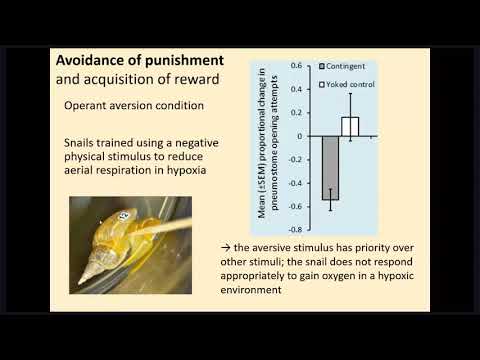Description:
Explore the fascinating world of animal sentience in this 50-minute conference talk by Sarah Dalesman, presented at the Society for Experimental Biology's Animal Satellite meeting. Delve into the intriguing question of whether snails possess sentience, examining key concepts such as nociception, pain perception, taste aversion, and operant conditioning. Learn about self-awareness in animals, trail following behavior, cognitive bias, and the snail bite response. Investigate the scientific methods used to determine sentience and their implications for animal welfare. Engage with thought-provoking discussions on topics like harm-benefit assessment, the challenges of studying alien sentient species, and strategies for managing unwanted wild animals. Gain insights into the importance of evidence-based research and the complexities of central ganglia in understanding animal consciousness.

The Science of Animal Sentience - Could Snails Be Sentient?
Add to list
#Conference Talks
#SEB (Society for Experimental Biology)
#Social Sciences
#Psychology
#Self-Awareness
#Cognitive Bias
#Cognitive Psychology
#Associative Learning